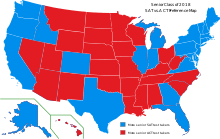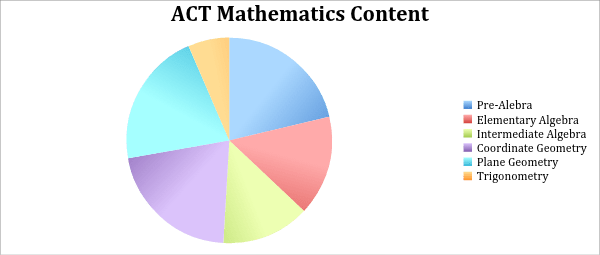To find of
, take
.
is what percent of
?
.
is
of what?
.
A increase followed by a
increase is
.
Midpoint formula:
Slope formula:
Distance formula:
If two lines are perpendicular, their slopes are negative reciprocals.
Given a point and a slope
, the equation of the line is
Alternatively, you can use , and solve for
Slope of line in form is
In slope intercept form:

Triangle inequality: if two sides have length and
, the other side
is
A triangle has side lengths with ratios
A triangle has side lengths with ratios
Volume of a box:
Volume of a cube:
Surface area of a box:

Surface area of a cube:
Diagonal of a box:
Diagonal of a cube:
If a cube is inscribed in a sphere, the diagonal of the cube = the diameter of the sphere.
Volume of a cone:
Surface area of a cylinder:
Surface area of a sphere:
Volume of a sphere:
Area of an equilateral triangle:

Area of a parallelogram:
Area of a trapezoid:
Rhombus area formula:
Perimeter of a rectangle:
Circumference of circle:
Area of a circle:
Volume of cylinder:
Surface area of cylinder:
The diagonals of a rhombus are perpendicular.
Sum of interior angles of polygon:

The sum of the roots of a quadratic: .
The quadratic formula:
-coordinate of the vertex of a parabola:
is a parabola in vertex form. Its vertex is
.
To find the equation of a quadratic given -intercepts
and
, take
and FOIL it out.
Sum and difference of cubes formulas: ,
Radians to degrees:
Degrees to radians:
Law of sines:
Law of cosines: or


and
and
The trigonometric area formula is
In the function is the amplitude and
is the period.
Circle with center and radius
is

Factorial:
Combinations: pick of
:
Permutations:
The number of permutations of the letters in MISSISSIPPI is
A sum of arithmetic series formula is is
The sum of an infinite geometric series:
for depreciation,
for simple interest, use
for compound interest, use
for continuous interest, use
Contrapositive: “All tables are flat” is the same as “If it is not a table, it is not flat”. Switch them and make them both not, and it is the same thing.
Rotating clockwise,
,
Rotating counterclockwise,
Rotating
Reflecting about the -axis,
Reflecting about the -axis,
If is moved
up and
to the right, the new equation is
.
Similarly, if the circle is moved
up and
to the right, the new equation is
.

© Copyright 2024 – Math Plus Tutoring | Sitemap
Math & SAT tutor at your home or library in New Jersey NJ, including Somerset County, Hunterdon County, Morris County, Morristown, Whitehouse, Basking Ridge, Somerville, and Mendham and world-wide online. The best and most challenging ACT math problems on the web in 2024.
